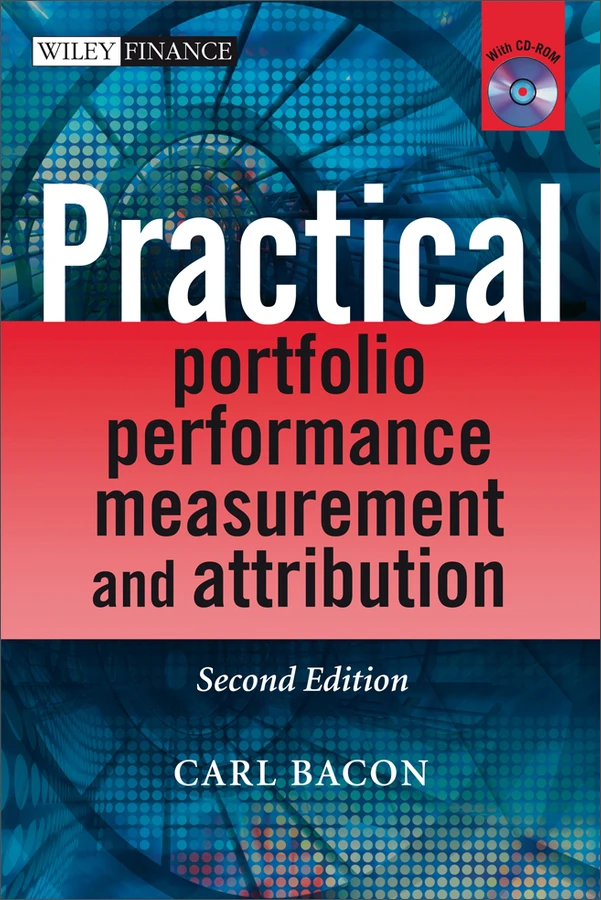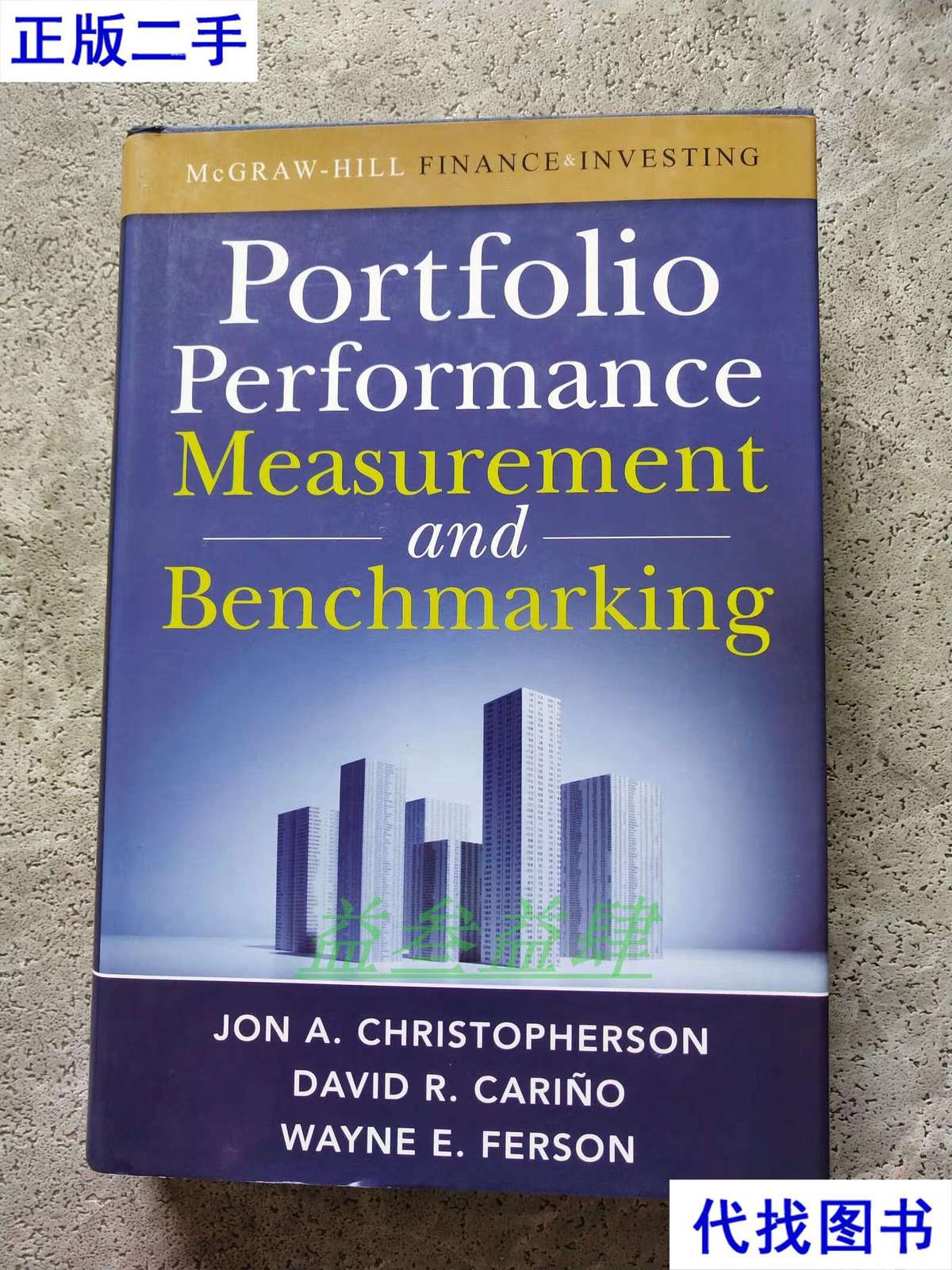============================================================
Evaluating portfolio performance is essential for investors to understand how well their investments are performing relative to their goals. Whether you’re an individual investor, financial advisor, or institutional manager, knowing how to assess portfolio performance helps make informed decisions about asset allocation, risk management, and strategic adjustments. In this comprehensive guide, we will explore the various methods for evaluating portfolio performance, highlight the best strategies, and provide actionable insights on how to enhance your investment approach.

Why Portfolio Performance Evaluation is Crucial
Before diving into the techniques for evaluating portfolio performance, it’s important to understand why it is necessary. Performance evaluation provides the following benefits:
1. Tracking Investment Success
By regularly assessing portfolio performance, you can determine if the portfolio is meeting its financial goals, such as achieving specific returns or outperforming benchmarks.
2. Risk Management
Evaluating performance helps in understanding the risk associated with the portfolio. It can highlight areas where risk exposure is higher than expected, allowing for adjustments to mitigate potential losses.
3. Improving Investment Strategy
Regular evaluation helps in identifying trends and patterns in the portfolio, which can provide valuable insights into the effectiveness of the current strategy. It can reveal underperforming assets or sectors, prompting adjustments to improve overall performance.
4. Rebalancing and Diversification
Assessing the portfolio’s performance is essential for determining whether rebalancing is necessary. It ensures that the portfolio remains diversified and aligned with the investor’s risk tolerance and objectives.
Key Metrics to Evaluate Portfolio Performance
There are several key metrics used to assess the performance of a portfolio. Below are some of the most common and effective metrics.
1. Total Return
Total return measures the overall return on investment over a given period. It includes capital gains, dividends, and interest income. This metric gives a comprehensive view of portfolio growth.
Formula:
Total Return=Ending Value of Portfolio−Starting Value of Portfolio+Dividends/InterestStarting Value of Portfolio\text{Total Return} = \frac{\text{Ending Value of Portfolio} - \text{Starting Value of Portfolio} + \text{Dividends/Interest}}{\text{Starting Value of Portfolio}}Total Return=Starting Value of PortfolioEnding Value of Portfolio−Starting Value of Portfolio+Dividends/Interest
2. Risk-Adjusted Return
Risk-adjusted return allows investors to understand how much risk is being taken to achieve the return. One of the most commonly used measures of risk-adjusted return is the Sharpe Ratio.
Formula for Sharpe Ratio:
Sharpe Ratio=Return of Portfolio−Risk-Free RateStandard Deviation of Portfolio’s Returns\text{Sharpe Ratio} = \frac{\text{Return of Portfolio} - \text{Risk-Free Rate}}{\text{Standard Deviation of Portfolio’s Returns}}Sharpe Ratio=Standard Deviation of Portfolio’s ReturnsReturn of Portfolio−Risk-Free Rate
The Sharpe ratio measures how well the return compensates the investor for the risk taken. A higher Sharpe ratio indicates better risk-adjusted performance.
3. Alpha
Alpha is a measure of an investment’s return relative to a market index or benchmark. A positive alpha indicates the portfolio has outperformed its benchmark, while a negative alpha means it has underperformed.
Formula for Alpha:
α=Portfolio Return−(Risk-Free Rate+β×(Benchmark Return−Risk-Free Rate))\alpha = \text{Portfolio Return} - (\text{Risk-Free Rate} + \beta \times (\text{Benchmark Return} - \text{Risk-Free Rate}))α=Portfolio Return−(Risk-Free Rate+β×(Benchmark Return−Risk-Free Rate))
4. Beta
Beta measures the portfolio’s sensitivity to market movements. A beta of 1 means the portfolio moves in line with the market, while a beta greater than 1 indicates higher volatility and risk.
Formula for Beta:
β=Covariance of Portfolio’s Returns and Benchmark’s ReturnsVariance of Benchmark’s Returns\beta = \frac{\text{Covariance of Portfolio’s Returns and Benchmark’s Returns}}{\text{Variance of Benchmark’s Returns}}β=Variance of Benchmark’s ReturnsCovariance of Portfolio’s Returns and Benchmark’s Returns
5. Drawdown
Drawdown represents the peak-to-trough decline during a specific period, illustrating the risk of loss in the portfolio. Monitoring drawdown helps to understand the worst-case scenario for an investor’s portfolio.
6. Benchmarking
Benchmarking compares your portfolio’s performance against a relevant market index, such as the S&P 500 or a bond index. This provides insight into how well your portfolio is performing relative to the broader market.
Portfolio Evaluation Methods
There are several methods to evaluate portfolio performance, each providing a different perspective on how well the portfolio is doing. Below are two commonly used methods that investors can apply.
1. Comparing with Benchmarks
Benchmarking is one of the most popular ways to evaluate portfolio performance. The idea is to compare the portfolio’s performance against a relevant market index. For example, if you are managing an equity portfolio, you might compare its performance with the S&P 500 index.
Advantages:
- Provides a clear point of reference.
- Easy to implement and understand.
- Allows for performance comparison against market averages.
Disadvantages:
- The chosen benchmark might not be an ideal match for the portfolio’s composition.
- Benchmarks may not account for specific risk factors unique to the portfolio.
2. Using Performance Attribution
Performance attribution is a more in-depth analysis that looks at how specific decisions (such as asset allocation or individual stock selections) contribute to the portfolio’s return. It breaks down the overall portfolio performance into segments based on factors like asset class, sector, and security selection.
Advantages:
- Helps understand what is driving portfolio performance.
- Provides insights into whether strategic decisions (like sector allocations or stock picks) added or detracted from performance.
Disadvantages:
- More complex and requires advanced data analysis tools.
- May require access to specialized software or platforms.
Portfolio Evaluation Strategies for Different Investor Types
1. Individual Investors
For individual investors, especially beginners, portfolio evaluation can be done by focusing on basic metrics like total return and benchmarking against a broad index. This will help you understand whether your portfolio is on track to meet long-term goals.
- Strategy Tip: Stick to a broad benchmark like the S&P 500 or a relevant bond index if you’re focusing on a balanced portfolio.
2. Institutional Investors
Institutional investors, such as pension funds or hedge funds, typically use a more detailed approach to evaluate portfolio performance. These investors often use performance attribution models to assess the contribution of various strategies and asset classes.
- Strategy Tip: Use advanced risk-adjusted metrics like Sharpe ratio and Sortino ratio to refine performance analysis.
3. Financial Advisors and Portfolio Managers
For financial advisors, portfolio evaluation is critical to maintaining a client’s portfolio’s health. They typically focus on risk-adjusted return metrics and ensure the portfolio is meeting the client’s financial goals.
- Strategy Tip: Conduct quarterly performance reviews with clients, using clear visual aids like charts and graphs to illustrate performance.
Tools for Portfolio Performance Evaluation
Several tools and software can help evaluate portfolio performance, ranging from simple online calculators to advanced software platforms.
1. Morningstar
Morningstar provides detailed performance reports, asset allocation analysis, and benchmarking tools to help investors assess the performance of their portfolios.
2. Bloomberg Terminal
Bloomberg offers sophisticated portfolio analysis tools that allow for real-time tracking, risk analysis, and performance comparison against multiple benchmarks.
3. Riskalyze
Riskalyze is a popular risk assessment tool for financial advisors that helps evaluate portfolio risk and optimize asset allocation based on the client’s risk tolerance.
4. Portfolio Visualizer
Portfolio Visualizer is an online tool that allows investors to backtest portfolios, evaluate historical performance, and assess portfolio diversification.
Best Practices for Evaluating Portfolio Performance
To ensure that you are getting the most out of your portfolio performance evaluation, here are a few best practices to follow:
1. Regularly Monitor Portfolio Performance
Consistency is key when evaluating portfolio performance. It’s important to check your portfolio’s performance regularly to identify trends, risks, and opportunities.
2. Use Multiple Metrics
Don’t rely on a single metric to evaluate portfolio performance. Instead, use a combination of total return, risk-adjusted return, and drawdown analysis for a comprehensive evaluation.
3. Understand the Market Conditions
Market conditions play a crucial role in portfolio performance. Ensure that you take into account the broader economic environment and how it affects your portfolio’s returns.
4. Rebalance Periodically
Rebalancing your portfolio is essential to maintain your desired asset allocation. Over time, some assets may outperform, causing your portfolio to become unbalanced. Rebalancing ensures that you are not taking on more risk than you intended.
FAQ: Frequently Asked Questions
1. What is the best way to evaluate portfolio performance for long-term investing?
For long-term investing, the most reliable evaluation methods are total return and risk-adjusted return metrics like the Sharpe ratio. These will provide insight into the overall growth of the portfolio while accounting for risk.
2. How often should I evaluate my portfolio’s performance?
It’s recommended to evaluate your portfolio at least quarterly to ensure it is on track to meet your financial goals. However, if there are significant changes in the market or your financial situation, you may want to evaluate it more frequently.
3. Can portfolio evaluation help with tax planning?
Yes, portfolio evaluation can help identify opportunities for tax loss harvesting or the need to adjust asset allocation to optimize tax efficiency. For example, switching to tax-efficient ETFs or municipal bonds might improve after-tax returns.

Conclusion
Evaluating portfolio performance is a critical aspect of successful investing. Whether you are an individual investor or a professional portfolio manager, regularly assessing performance using the right metrics and methods will ensure that your investments align with your financial goals and risk tolerance. By leveraging tools like performance attribution, risk-adjusted return measures, and proper benchmarking, you can make informed decisions that enhance your portfolio’s returns and minimize risks.

0 Comments
Leave a Comment